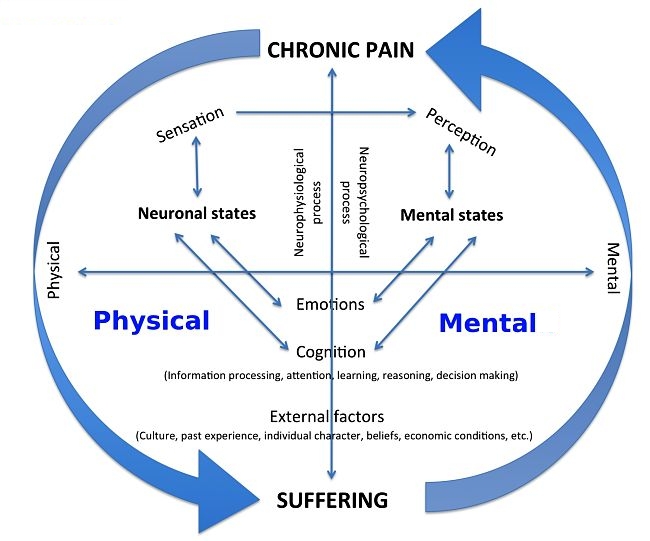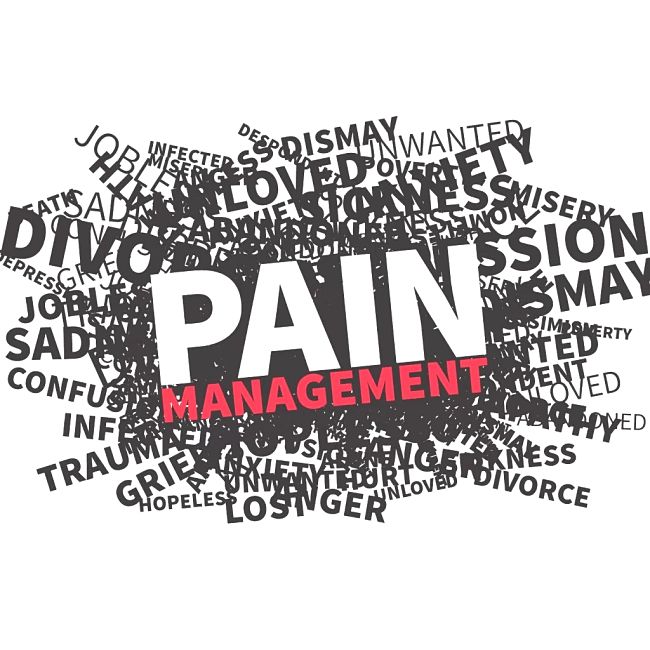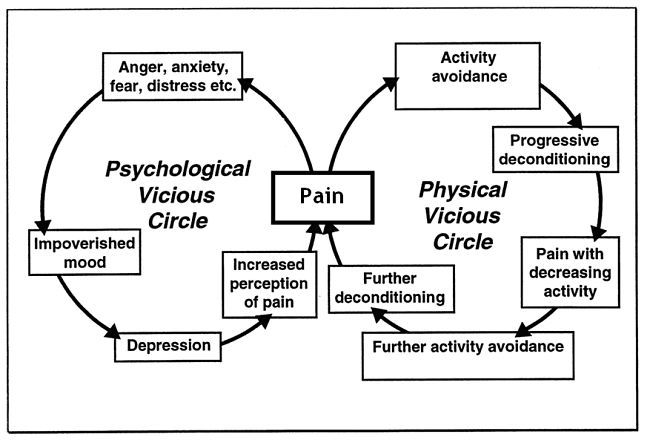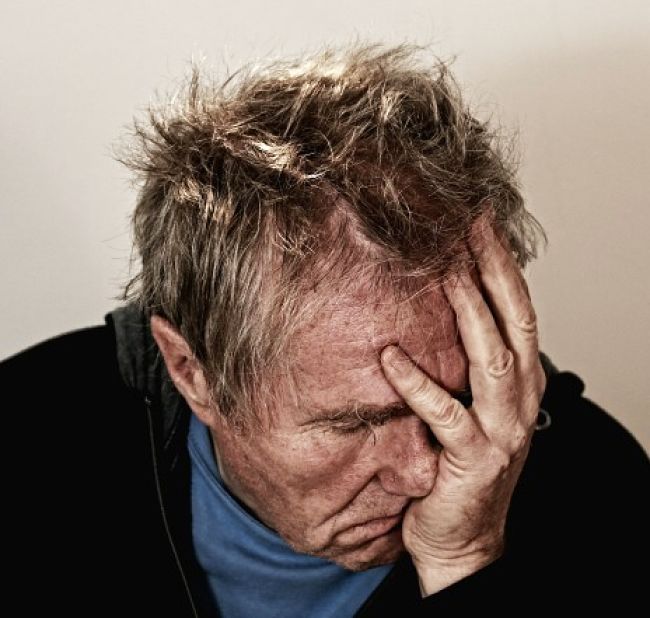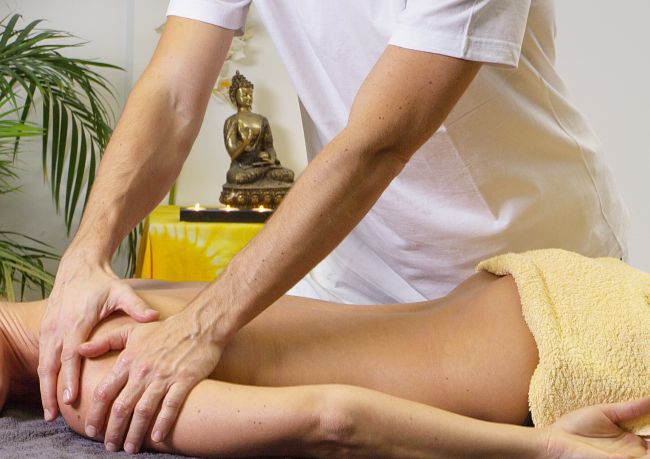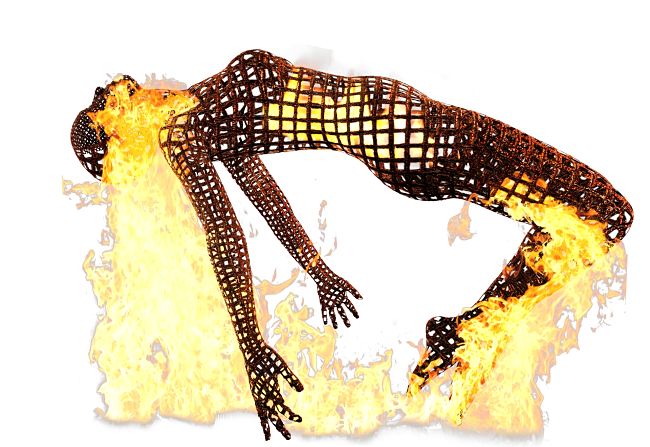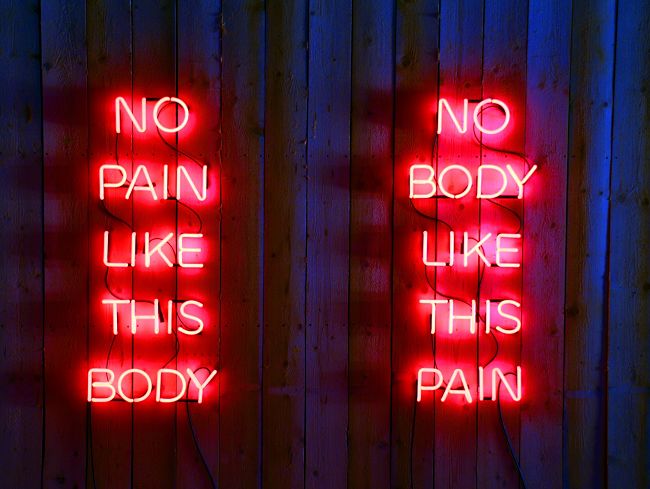Q&A: How to Control Pain
In some ways pain is a mystery - being at the same time a physical experience, a sensation and a subjective emotional response.
Despite what people think, it is not a reflex response to damage or some body problem,
but it is a delayed response or signal that something is wrong. If you accidentally touch a hot surface,
your hand will withdraw well before you experience the pain. The reflex is subconscious, whereas the pain in conscious.
This offers hope that pain can be controlled mentally and this has been very successful for many pain sufferers.
The perception of pain varies considerably between people and is partially related to one's concern about the severity of the
damage and its consequences. Sometimes you can experience pain when there is no physical pain e.g. sciatica or the pain of a severely limb and various phantom pains.
The experience of pain is highly variable and personal even for the same ailment. Whether animals
feel pain is also part of understanding the nature of pain.

Perception of Pain
The perception of pain and how it is dealt with is partially cultural and social.This is clearly shown by the varying expectation and experience of pain during child birth. Women give birth within their social and cultural context, which affects their perceptions of pain, its severity and how it is managed. The painless birth is probably a myth. All women expect pain during child birth in all societies, but how it is perceived, interpreted, responded to and managed varies greatly between different cultures and societies differently. See The Pain of Childbirth: Perceptions of Culturally Diverse Women: Implications for Clinical Practice and Research
Pain can be controlled by hypnosis and this is a further sign that pain is a complex response and is not a simple reflex.This offered hope that pain can be controlled without drugs.
Pain is often hard to measure, and there may be compounded by feelings of by fear, stress and anxiety. Pain responses may include elevated blood pressure and rises in heart rate. The pain response differences are mostly due to cultural, social, psychological and inherited genetic factors.
If pain is primarily a response to a physical stimulus, then suffering is primarily a response to the loss or damage and knowing the consequences. Pain usually indicates a damaged body part or some form of mal-function or trauma. However it may be very difficult to locate and find the cause.
There is a huge variability in perception of physical pain, even within the same ethnic or socio-economic group. Pain responses seem to be mostly learned in early childhood as a part of family and cultural responses. Some children who learn or are taught to suppress and hide their feelings such fear, sadness and anger - may also learn to hide and not show pain. Other children find that by expressing pain, they gain more attention or love and may develop a low threshold.
Pain often follows stress and suffering and it follows that pain may be delayed or reduced in severity if the person learns to controls the external stress and their response to stress and suffering.
There is a vast literature and internet resources on pain and its management. The purpose of this article is to better understand it and thereby be better prepared to find the specific control for your type of pain - something that works for you.
Pain as a Critical Warning System
Despite he unpleasantness of pain it is a healthy and vital signal that alerts to some sort of potential or actual damage to your body or to some sort of malfunction that needs attention. It should generally be regarded as a fantastic early warning mechanism signalling an injury or disease. Whenever the pain sensor nerve endings are triggered to respond, by either damage or inflammation, pain signals are transmitted by the neurotransmitters. This signal is sent to the brain via the nerves in the tissues and spinal cord for interpretation and response. Once the cause of the pain is identified and treated, the pain is generally gone.
Differences between Acute and Chronic Pain
Acute pain is triggered immediately and is generally severe, usually short-term and usually has obvious causes. It can generally be alleviated by finding and treating the cause and the pain symptoms will generally disappear. In more severe cases it can cause intense body responses, including a dull, throbbing sensations and made lead to depression and other complications.
Chronic pain includes long-term moderate to intense pain. It is often associated with medical conditions such as multiple sclerosis, cancer or arthritis or long term injuries. With chronic pain it is often is more difficult to identify the cause and to locate and treat the pain. Chronic pain can significantly alter the life of a person, causing many secondary health complications such as depression, hypochondria, sleep disturbances, anxiety, loss of appetite and feelings of helplessness.
Non - Drug Pain Control Techniques for Chronic Pain
Given our understanding of pain it is worth considering some of the non-drug methods that have worked for many people over long periods of time
Various mental imagery and other learned chronic pain control techniques that can be effective in controlling pain include:
- Altered focus - Deliberately focus your attention on a specific part of the body such as a hand, foot or leg, that is away from the site of the pain. Try to create a sensation on that part of the body, such as imagining applying heat. This can often shift your attention away from away from the source of your pain, such as your back pain.
- Dissociation - This involves imagining that you can mentally isolate and separate the painful part of the body so that it is disassociated and less able to cause pain.
- Sensory splitting - This method involves splitting the painful sensation into separate parts. For example, if a painful leg injury or back pain feels hot, shift your focus to the sensation of heat and away from the pain.
- Mental anesthesia - This involves imagining that you receive and injection of a powerful anesthetic such as Novocain into the painful area, for example into a painful lower back. This may have a placebo effect.
- Simulated chemical pain relief - This technique involves imagining that you have received an injection of a powerful painkiller, for example morphine, into the damaged area. Alternatively, you can try to imagine your own body producing huge quantities of natural endorphins that will relieve your pain.
- Transfer Methods - Mentally to produce changed sensations in a hand that is not affected by the injury, such as heat, cold and soothing medications and then when you place the hand onto the damaged area, imaging transferring this altered and soothing sensation into the painful area.
- Time regression or progression - Using your memory focus forward or backward to a time when the affected area was pain-free or less painful. Then try to convince yourself to act as if it were true image were true.
- Symbolic imagery - Devise a symbol that stands for your chronic pain, such as a bright light, a frightening abstract image or an irritating noise. Gradually lower or soften the irritating features of this symbol, for example by dimming the amount of light, lowering the volume of the sound, or reducing the contrast of the image.
- Positive imagery - Shift your focus and concentrate on a pleasant place that you really enjoy going to such as your favorite beach, lake-side path, mountain trail - somewhere you feel relaxed, safe and at ease.
- Counting in Your Head - Imaginary counting and mental arithmetic are excellent ways to cope with painful periods. For example you could count your own breaths, count floor tiles, count sheep jumping over a fence, count numbers divisible by three.
- Pain location movement - Try to move the pain from a sore back for example, to your leg or arm, or to some other area of your body where the pain is much less difficult to handle.
- Meditation Techniques - Simple meditation routines may help as they are designed to shift your mental focus to your breathing routine. There are many self-help guides and books available.
- Acupuncture and various alternative medicine techniques such as yoga and aromatherapy may also be helpful.
Most of these techniques work best when you have the help of a trained professional, and many of them require a lot of practice before they are effective. With time, experience and practice, many people find that the control of chronic pain and relaxation techniques to reduce the stress of pain become more effective and last longer after each session. These techniques can be used between sessions when you use traditional pain killers.
Some people can learn to apply theses techniques quickly and easily using simple breathing exercises, similar to meditation techniques and they can be applied while the person is engaging in their normal activities. In time and with enough practice and experience hopefully you will begin to enjoy the feeling of having some control over the chronic pain and you can reduce the debilitating effects it is having on your life.
Related Articles about Pain
=>How to Tell if Your Cat is in Pain - Top 25 Behavior Signs
=> Side Stitch Pain - Myths, Causes, Prevention, Treatment and Alleviation
=> Landing Heel First When Running Doubles Stress Injury Rates Causing Shin Splints, Foot Pain
=> Natural Joint Pain Remedies - How Turmeric Relieves Pain in Joints
=> Asthma in Children Linked with Common Pain and Fever Drugs
